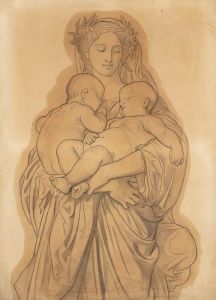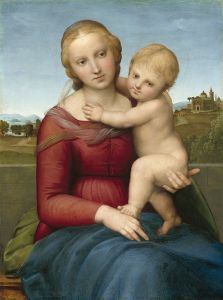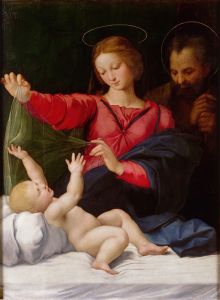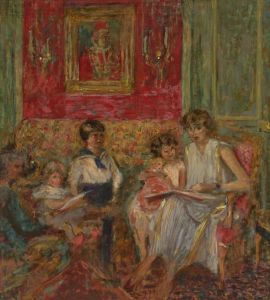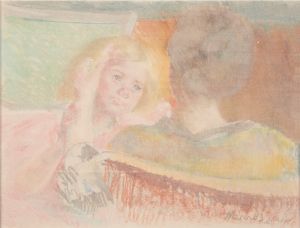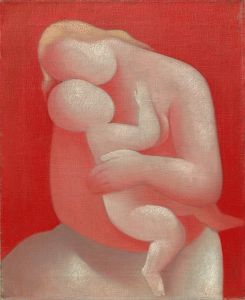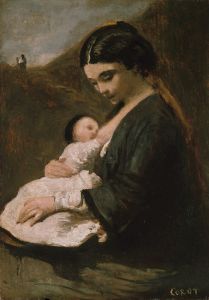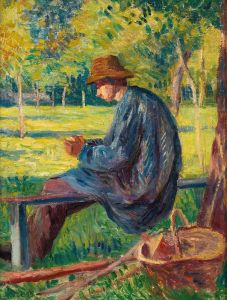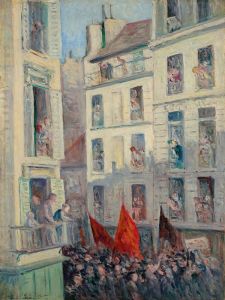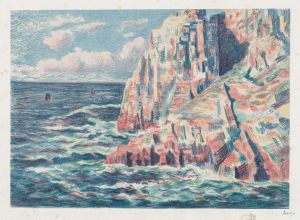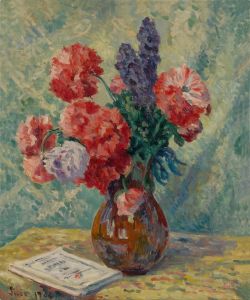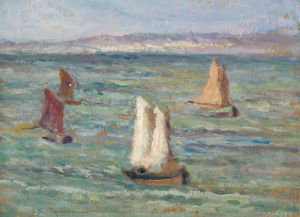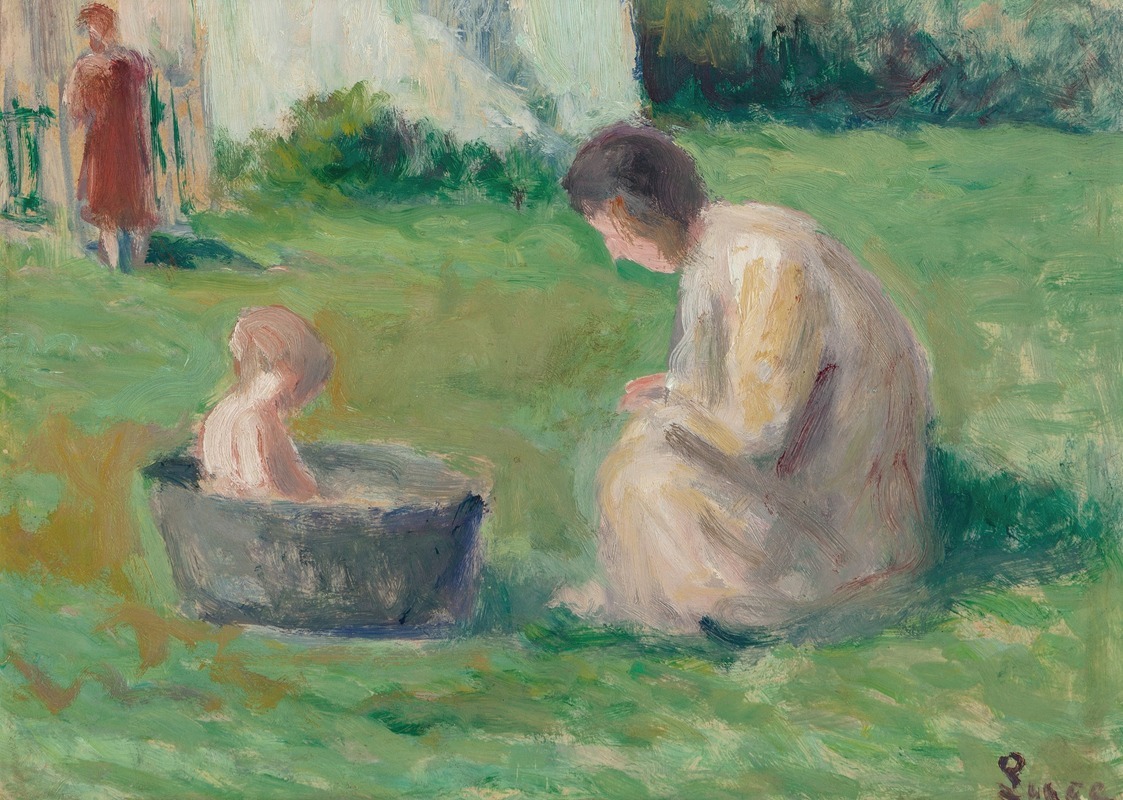
Le bain du bébé
A hand-painted replica of Maximilien Luce’s masterpiece Le bain du bébé, meticulously crafted by professional artists to capture the true essence of the original. Each piece is created with museum-quality canvas and rare mineral pigments, carefully painted by experienced artists with delicate brushstrokes and rich, layered colors to perfectly recreate the texture of the original artwork. Unlike machine-printed reproductions, this hand-painted version brings the painting to life, infused with the artist’s emotions and skill in every stroke. Whether for personal collection or home decoration, it instantly elevates the artistic atmosphere of any space.
Maximilien Luce was a French Neo-Impressionist artist known for his paintings, illustrations, and engravings. Born on March 13, 1858, in Paris, Luce became associated with the Pointillist movement, which was characterized by the use of small, distinct dots of color applied in patterns to form an image. This technique was pioneered by Georges Seurat and Paul Signac, with whom Luce was closely associated.
One of Luce's notable works is "Le bain du bébé" (The Baby's Bath), which exemplifies his skill in capturing intimate domestic scenes with a sense of warmth and tenderness. Although specific details about the painting's creation, such as the exact year it was painted, are not widely documented, it is known that Luce's works often depicted everyday life, focusing on the human experience and the simplicity of daily routines.
"Le bain du bébé" portrays a serene and intimate moment of a mother bathing her child. The composition is typical of Luce's style, emphasizing the use of light and color to convey mood and atmosphere. The painting reflects Luce's interest in the effects of light and his ability to depict the nuances of human interaction. The use of soft, harmonious colors and the gentle play of light across the figures create a sense of tranquility and affection, which is a hallmark of Luce's approach to capturing domestic life.
Luce's work is often associated with the broader social and political context of his time. As an artist, he was deeply influenced by the social changes occurring in France during the late 19th and early 20th centuries. He was known for his anarchist views and his art often reflected his concern for the working class and the struggles of ordinary people. While "Le bain du bébé" is a more personal and intimate subject, it still resonates with Luce's broader themes of humanity and everyday life.
Throughout his career, Luce remained committed to the principles of Neo-Impressionism, even as other artists moved away from the style. His dedication to the technique of Pointillism and his ability to convey emotion through color and light earned him a respected place among his contemporaries. Luce's works are celebrated for their technical precision, emotional depth, and the artist's keen observation of the world around him.
Maximilien Luce passed away on February 6, 1941, in Paris. His legacy as a painter is marked by his contributions to the Neo-Impressionist movement and his ability to capture the essence of human experience through his art. "Le bain du bébé" remains a testament to Luce's skill in portraying the beauty and simplicity of everyday life, and it continues to be appreciated by art enthusiasts and historians alike for its artistic and historical significance.





